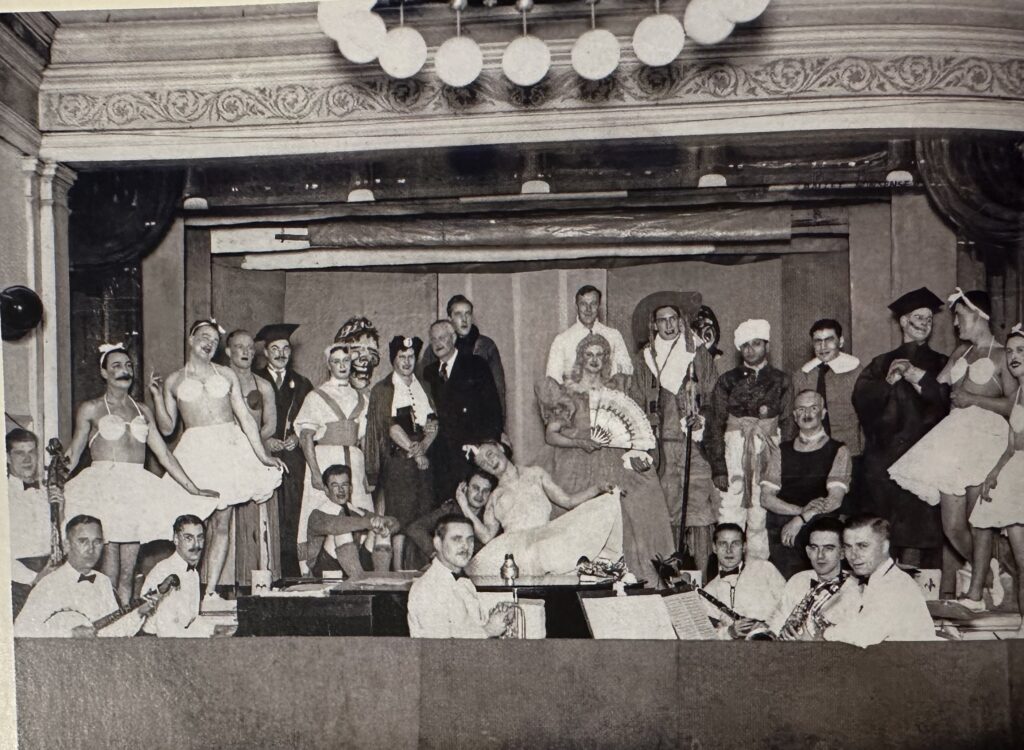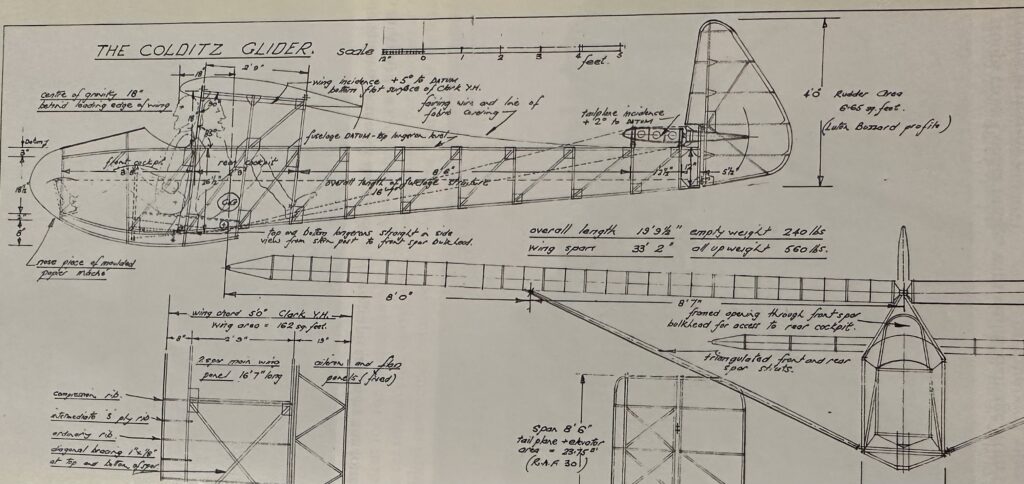
Please excuse the rage-bait headline, it’s not for no reason. It’s honestly in the spirit of the book, a large portion of which is dedicated to examining the somewhat frivolous nature of the various escape attempts from Coldtiz prison, a castle in the heart of Nazi Germany that housed allied POWs between 1939 through 1945.
The book opens with a recounting of an escape attempt where a prisoner tries to walk through the front gate disguised as the prison’s Sergeant Major, using a fake mustache made from the bristles of paint brushes from the prison’s theater department, and sporting a counterfeit German uniform painted green using set paint (also from the theater department).

No spoilers, but the last escape attempt discussed in the book involved the prisoners constructing a functional gilder out of spare wood and bed frame, hiding it in the prison attic and preparing it to take flight from the height of the castle spires with two passengers aboard.

The escape attempts detailed throughout the book range from woefully futile to downright ingenious. These accounts of Colditz are dramatically less morose than what one would imagine of a POW camp in Nazi Germany, as Colditz was operated by the German Army, who continued to operate pursuant to the Geneva Convention; and the POWs imprisoned there appear to have enjoyed at least basic human rights. The German Officer in charge of Colditz throughout most of the book was indeed not a member of the Nazi party, and there was a degree of mutual respect and honor between the guards and inmates, at times engaging in a sort of cat-and-mouse game of attempt escapes and attempts to uncover them.

(The German Officer made these Dutch officers pose for the camera following their failed escape attempt)
It became a sport for both sides. It was said that escaping Colditz was not as difficult as escaping Germany, with inmates who managed to leave the castle having to navigate hundreds of miles through Germany before ultimately achieving freedom after crossing the border to Switzerland. Oftentimes the most compelling stories of escape involve not how they escaped the castle, but rather how they navigated the German countryside. These men had to craft ways to elude armed guards, locks, and barbed wire, before setting out across the Reich armed with forged documents and perhaps a handful of cash acquired by bartering Red Cross package rations with the Colditz Guards, just to make it to the Swiss border, which was the most heavily patrolled and guarded aspect of the journey.
Interwoven between various escape attempts are enthralling mini-biographies of the men who landed at Coldtiz, including how they got there and how they occupied their time on arrival. Overall, this book tells a captivating series of tales that capture the essence of what this place was like, and while it is no doubt grim, the heroism and perseverance of the British, Polish, French, and Americans who occupied Colditz will leave you feeling hopeful, which I’m certain most books detailing the interior of Germany during WWII are unlikely to accomplish.